Affiliate links on Android Authority may earn us a commission. Learn more.
We're sick of proprietary charging on smartwatches and fitness trackers
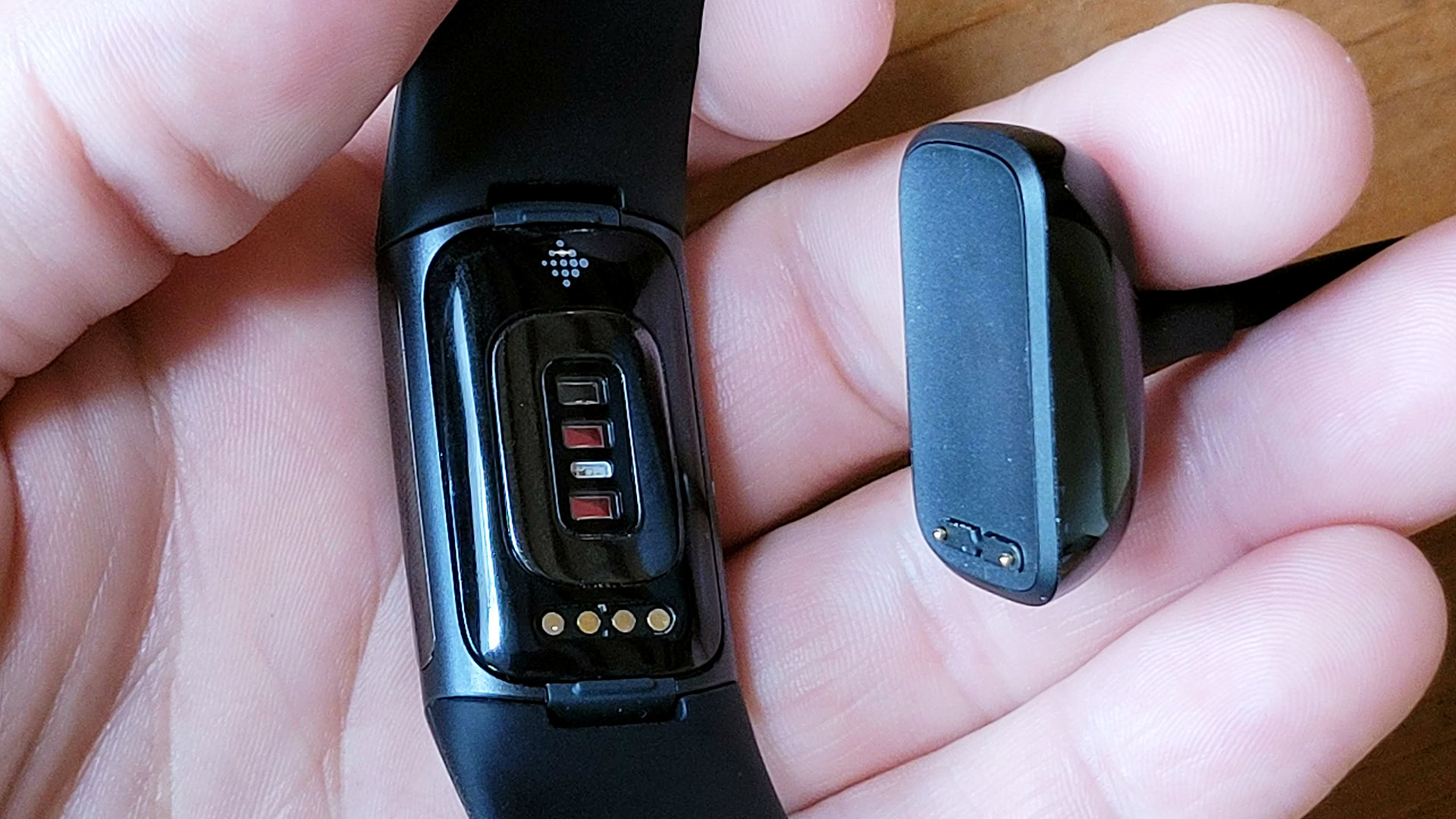
I’m a firm believer in the value of smartwatches and fitness trackers. They’ve helped me get fit, and just last week I was able to use airplane boarding passes without always having to pull out paper copies or my phone. In daily life, being able to check notifications or pause podcasts from my wrist is a time-saver, not to mention better for keeping me engaged with friends and family.
If there’s something both believers and doubters of wearables can agree on, though, it’s that the charging situation is a mess. Nearly every device has a proprietary cable, dock, or puck. That includes the Galaxy Watch 4, every Fossil smartwatch, every Apple Watch, and every Fitbit. Often chargers aren’t compatible with different models from the same company, let alone competitors, which is a far cry from the world of phones.
It’s about time that wearable makers settle on a common standard for charging, and there are a couple of major reasons why.
Our picks: The best fitness trackers
Losing a proprietary charger is a serious problem
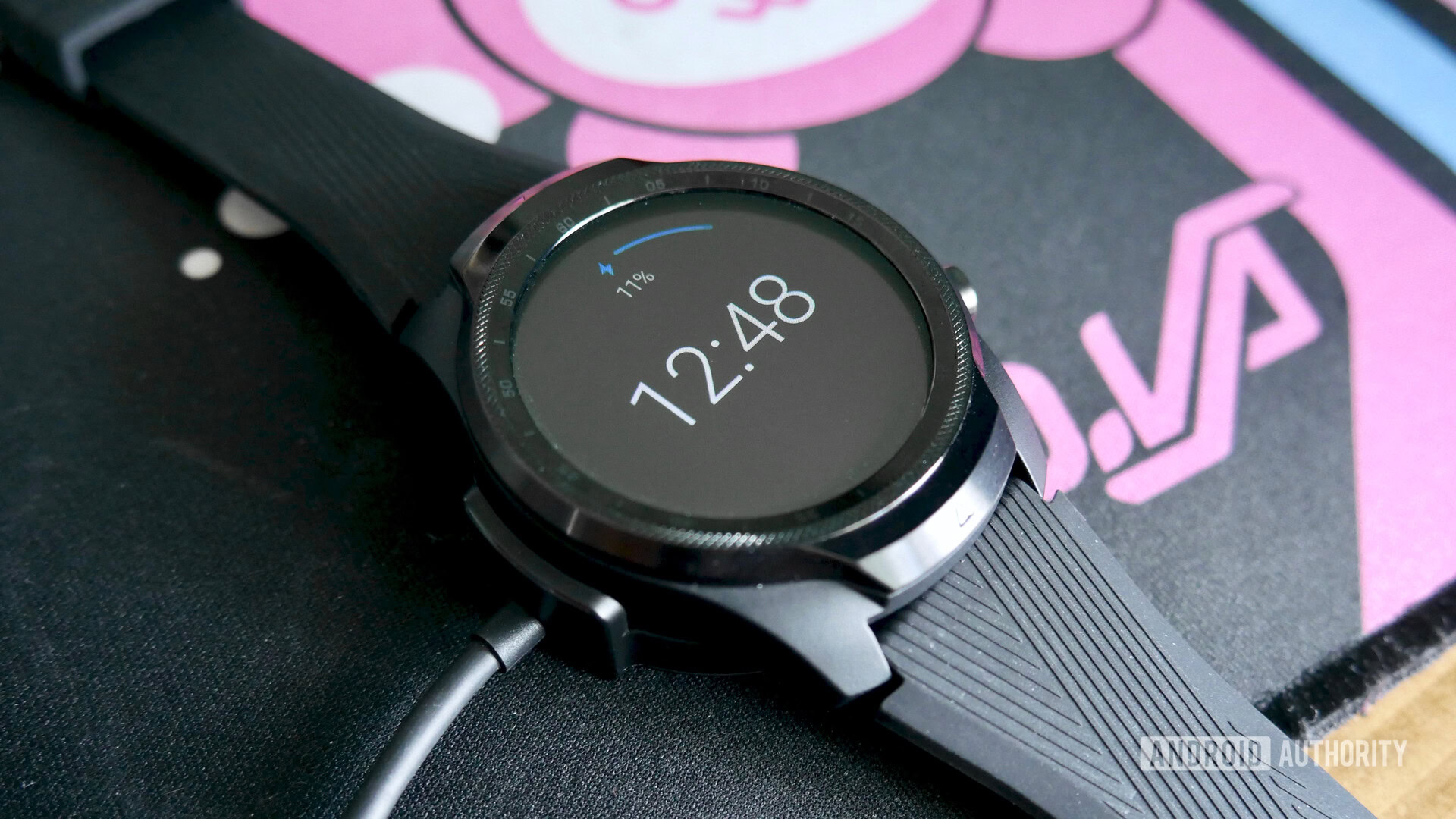
Many if not all of us have had a moment with our phone where we needed to top up, but didn’t have our usual charging accessory handy. It tends not to be a big deal these days ― for Android owners, USB-C cables are plentiful and the USB Power Delivery standard is ubiquitous, so the hardest part is finding a port or outlet, the latter requiring a matching AC adapter. People regularly share phone chargers with each other.
With wearables, misplacing your charger can be a minor crisis. You can’t count on accessories for other devices as backup, so there’s a real chance you’ll be stuck watching your device drain down to zero, despite the fact that you depend on it for things like work, travel, fitness, or just telling the time.
In the wearable world, misplacing your charger can be a minor crisis.
I’m at the gym for a couple of hours every time I go, and it’s rough whenever I’m forced to lift without my workout playlist or a way of tracking performance. On trips, I’ve occasionally had to put my watch into low-power mode because I wasn’t sure when I’d be able to plug in my charging puck.
You can, of course, buy extra or replacement chargers, but unless we’re talking about the Apple Watch, good luck finding those in shops. It’s more likely you’ll have to buy them online, and possibly direct from the manufacturer if not from a major retailer like Amazon. If you don’t plan ahead, a wearable can run out of juice before a replacement charger arrives.
See also: The best phone charging accessories
Proprietary chargers mean planned obsolescence
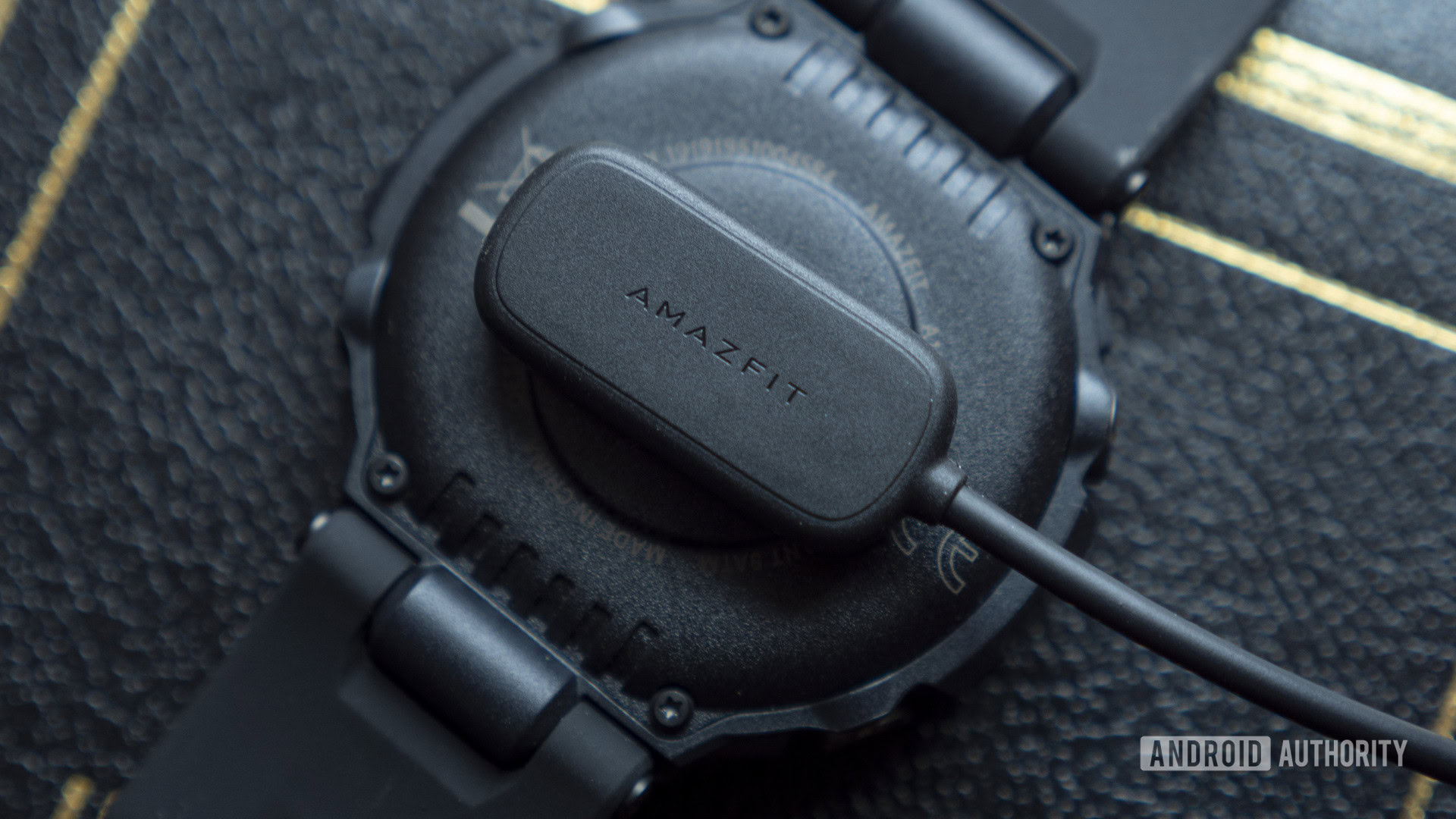
That brings us to the second problem, which is the finite lifespan proprietary chargers impose.
Inevitably, companies will stop making a given wearable as they move on to newer and better. They’ll provide legacy support for a while, but on a long enough timeline, they’re going to stop selling you charging gear if it’s not compatible with recent hardware. So no matter how much you still love your Fenix 3, Garmin doesn’t have you covered, and even third-party accessory makers are going to lose interest eventually.
On a long enough timeline, companies will stop selling you chargers if they're not compatible with recent hardware.
Effectively it’s planned obsolescence. It’s understandable ― businesses don’t have infinite resources ― but it can knock some products out of commission before they stop being useful. That’s troublesome considering that people tend not to upgrade watches or fitness trackers as often as they do phones.
A corollary of this approach is that most wearables lack niche accessories that make life easier, like keyfob chargers or nightstand docks. Sure, Samsung for instance sells wireless charging pads that work with the Galaxy Watch, but that’s an exception that proves the rule. The luckiest people are Apple Watch owners, but even they would probably benefit from more options if Apple (in a small miracle) deigned to support a universal standard.
Related: The best Apple Watch chargers
What’s the answer?
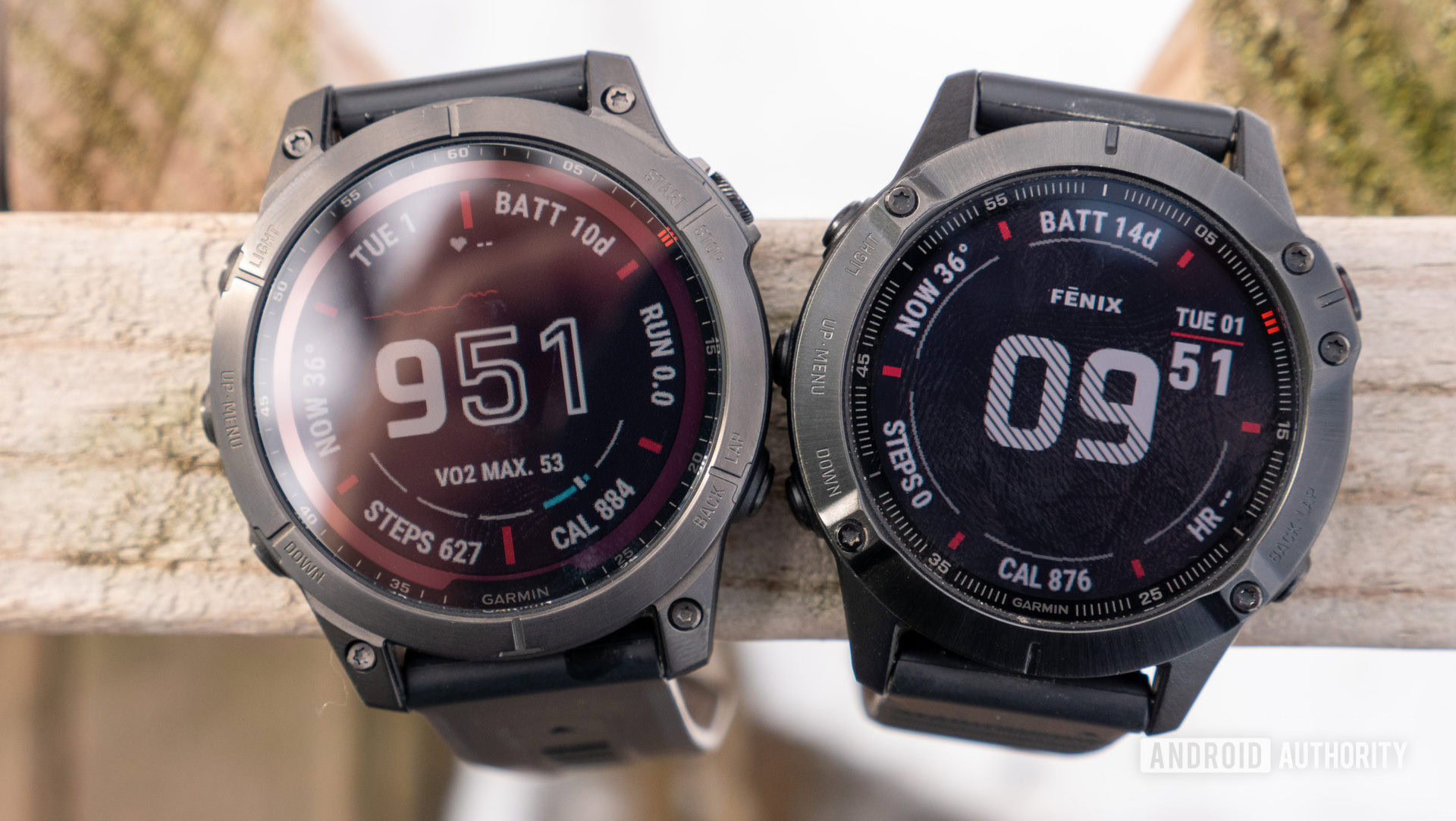
Assuming wearable makers ever try to go universal, the answer won’t be integrated USB-C ports. There just isn’t enough internal space in most products, given the need to cram a processor, battery, storage, and sensors into something wrist-sized. Sometimes there isn’t enough external space either, and there’s also the matter of keeping a device water- and dustproof.
Qi wireless would be ideal, but wearables require smaller coils with less power than the chargers we use for devices like our phones. A phone-oriented Qi charger will struggle or fail to optimally power most wearables, and vice versa. Trying to find a Qi-ready wearable is a challenge in its own right, one exception being the HUAWEI Watch GT 2 Pro.
It is possible to build custom-sized Qi chargers, but those only work efficiently with specific products unless other manufacturers adopt similarly-sized receiver and transmitter coils. The solution, then, probably involves industry leaders like Fitbit, Fossil, Garmin, and Samsung getting together and deciding on a common Qi-based wearable format. You still wouldn’t be able to use your phone charger with your watch, but you’d at least be able to wander into Best Buy or even a convenience store for a spare watch charger.
Has your smartwatch or fitness tracker ever run out of power because you didn't have a charger handy?
What are the prospects for universal charging?
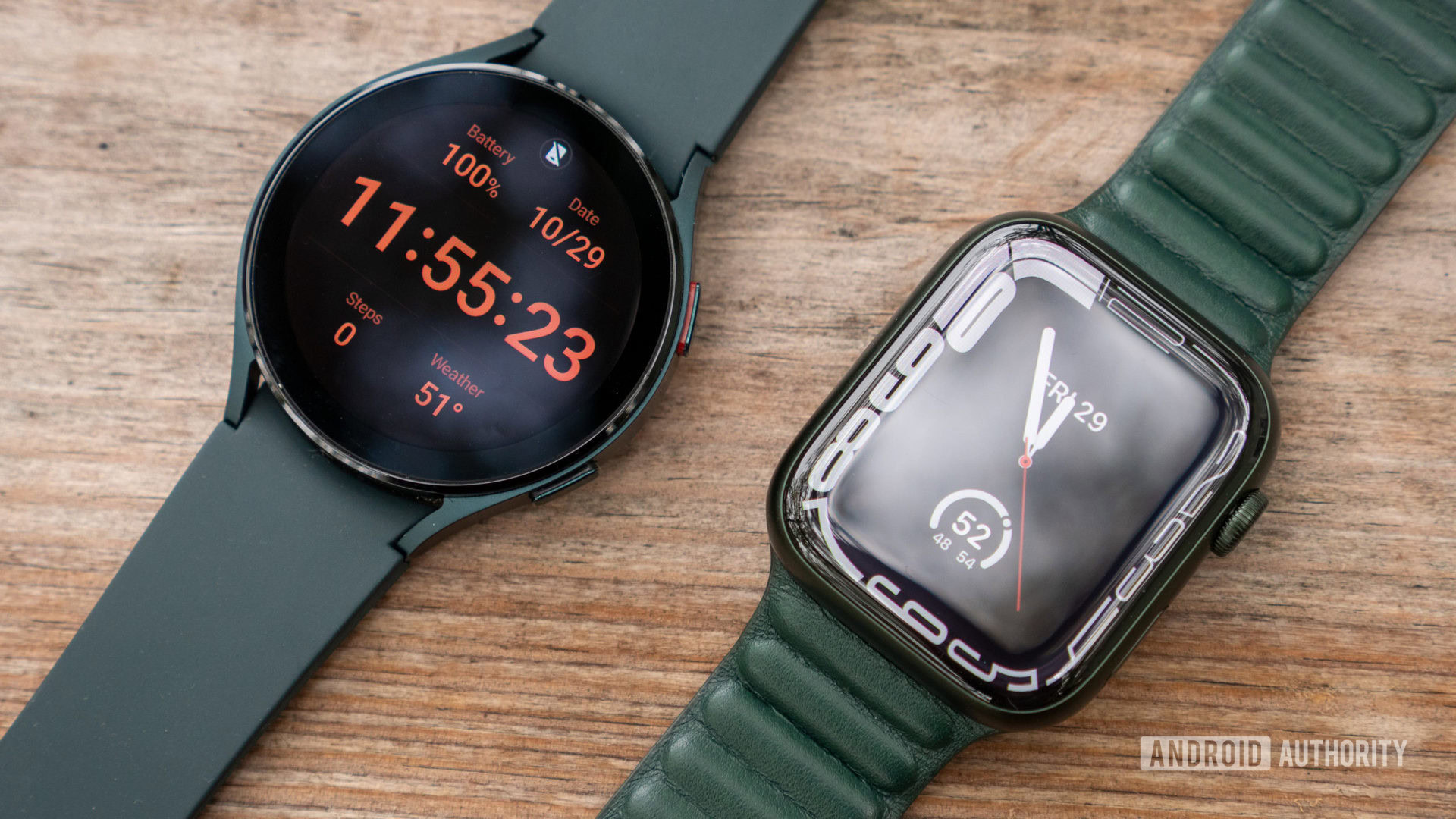
There’s no sign that companies will settle on a standard anytime soon. Wearable form factors are constantly evolving, and proprietary chargers support this evolution, since makers don’t have to worry about a fixed design spec. In the case of chargers that are simply brand-specific, they have the (profit) advantage of encouraging platform lock-in. If you’ve got one of those Samsung wireless pads for instance, you’re probably going to stick with Galaxy Watches rather than buy a Fitbit.
There’s no reason to change, in other words, unless there’s some sort of pressure on profit margins. That could mean consumer backlash or a sign that switching to universal tech would improve profits by lowering parts costs.
Industries do sometimes adopt consumer-friendly standards in the hope of expanding the overall market. One of the best examples of this is Matter, an upcoming smart home protocol. While only time will tell how well it solves compatibility and networking issues, it is an acknowledgement that a rising tide floats all boats. We can only hope that the wearable industry is taking notes.
Continue: The best fitness apps to get into shape and stay there